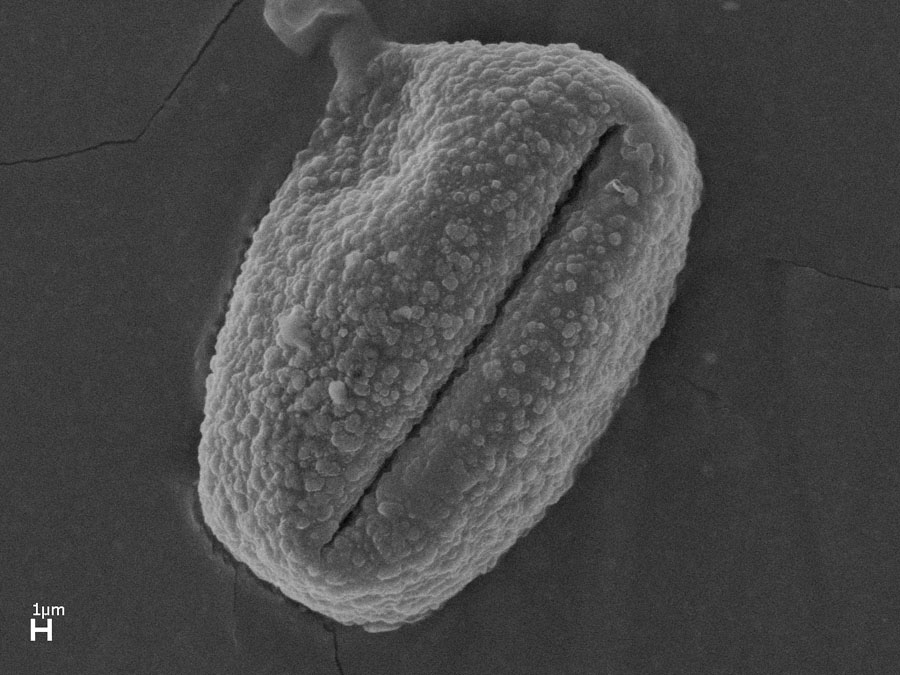Platanus x acerifolia (London Plane Tree)
Michael's Opinion
Drought, salt, and pollution tolerant as well as the ability to grow with a small root zone. It is no surprise that in 1920, 60% of the trees planted in London, England were P. x acerfolia. It still remains a popular street tree throughout Europe.
Botanical Information
| Family | Platanaceae |
| Genus | Platanus |
| Species | x acerifolia |
| Category | Woody |
| Origin | In 1680 London, England P. x acerfolia was identified as a natural hybrid of P. occidentalis and P. orientalis. |
| Pronunciation |
Details
| USDA Hardiness Zone | 5 |
| USDA Hardiness Ref. | |
| Canadian Hardiness Zone | 6 |
| Canada Hardiness Ref. | |
| RHS Hardiness Ref. | |
| Temperature (°C) | -23 C |
| Temperature (°F) | -10 F |
| Height | 25m |
| Spread | 20m |
| Growth | Fast |
| Flowering Period | April |
Description and Growing Information
| General Description | The most common and widespread Plane Tree, P. x acerfolia has the best characteristics of both its parents. |
| ID Characteristic | Often confused with P. occidentalis, P. x acerfolia has paired fruits and leaf lobes that are roughly as long as they are wide. |
| Shape | In youth pyramidal and round, wide spreading as it matures. |
| Landscape | A great urban tree where crown space is available. It is tolerant of pollution, salt, and drought. |
| Propagation | By hardwood cuttings in autumn, leafy softwood cuttings in spring, or seed; however seeds require light to germinate. |
| Cultivation | Easy to transplant and prefers moist, fertile soils in full sun. However, trees are adaptable. |
| Pests | Plane wilt (Ceratocytis platani).powdery mildew, American plum borer, sycamore lace bug, and anthracnose, although P. x acerfolia is more resistant then P. occidentalis. |
| Notable Specimens | Heritage Trees in Elgin County have noted a specimen at Elmdale Cemetery on Elm St, St Thomas, Ontario, Canada. National Trust Trelissick Garden, Feock, near Truro, Cornwall, United Kingdom. |
| Habitat | Horticultural origin. |
| Bark/Stem Description | Smooth brown green scales flake off to show the creamy yellow inner bark. |
| Flower/Leaf Bud Description | Single scaled, 6-10 mm, shiny red brown buds that never appear at twig tips. |
| Leaf Description | Maple like, 3-5 shallowly lobed, 13-25 cm across, few large teeth, shiny green with pale underside. |
| Flower Description | Unisexual with flower clusters on separate branchlets that bloom in April. Male flowers are 7-10 mm, yellow green, and appear on second year wood. Female flowers are 10-14 mm, red, and form in spring with leaves on the tips of older twigs. |
| Fruit Description | Slender stalks, 8-16 cm, hang as double yellow-brown balls 2-3.5 cm. |
| Colour Description | Green leaves in the summer that turn yellow in the autumn with red buds and multi coloured bark, P. x acerfolia has interest year round. |
| Texture Description | Coarse texture with its wide spreading zigzag branches. |
Photographs
A mature tree in the A.M.Cuddy Garden, Strathroy, Ontario.
A.M. Cuddy Garden, Strathroy, Ontario.
A mature specimen at the University of Western Ontario, London, Ontario
Platanus x acerifolia, form. National Trust Trelissick Garden, Feock, near Truro, Cornwall, United Kingdom.
Platanus x acerifolia, bark. National Trust Trelissick Garden, Feock, near Truro, Cornwall, United Kingdom.

Scanning electron microscope image of pollen grain.